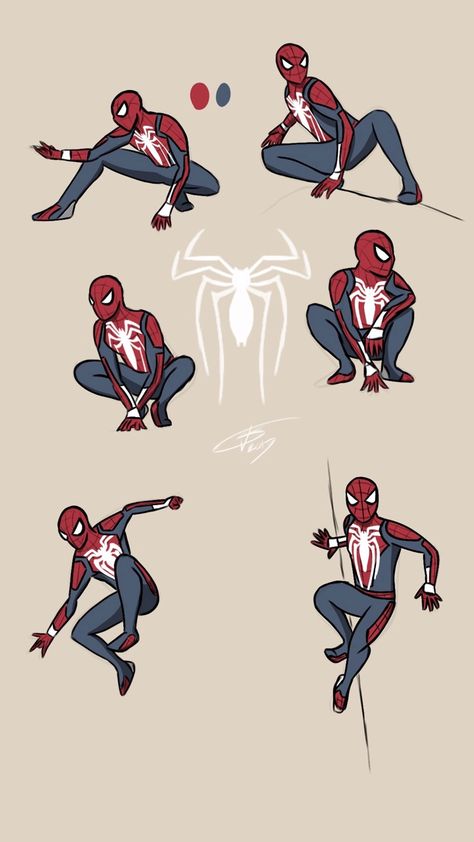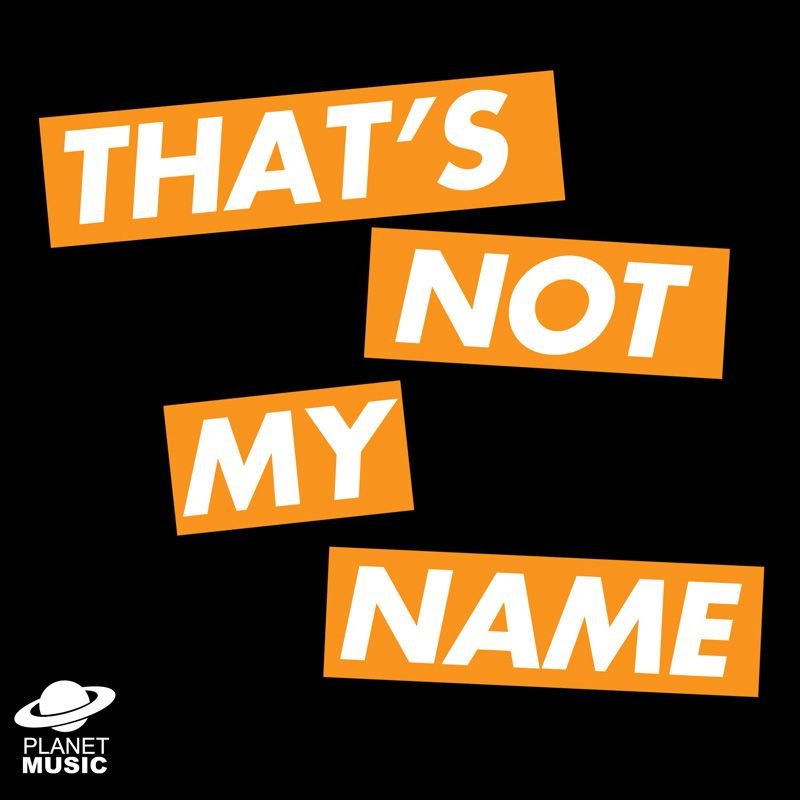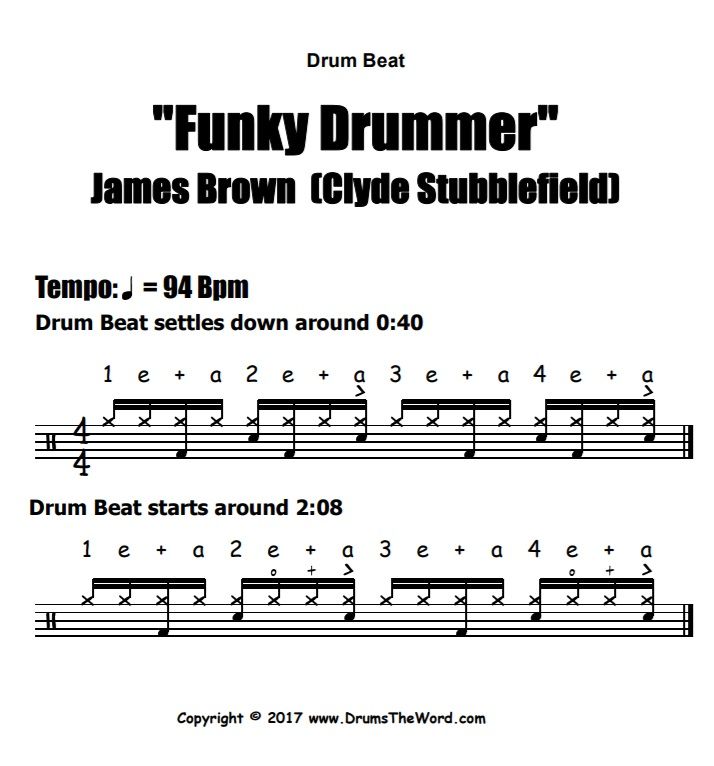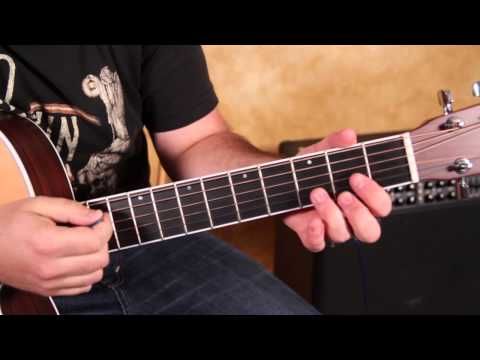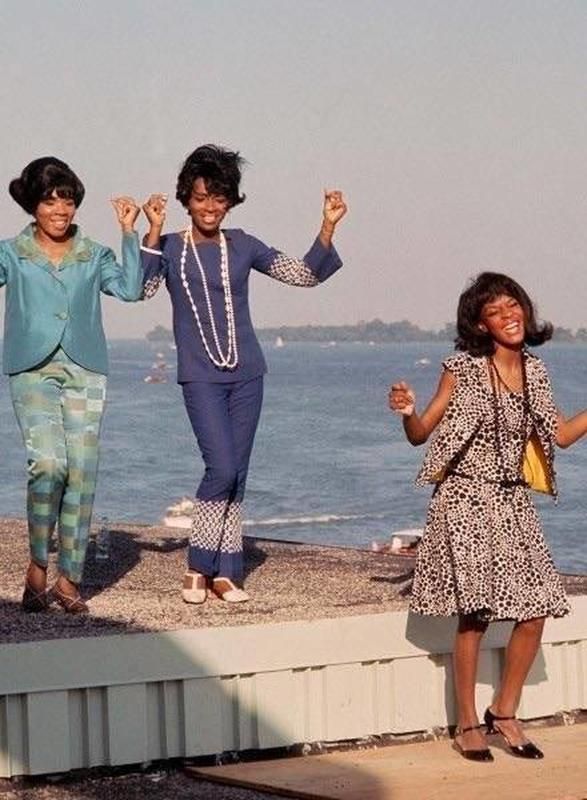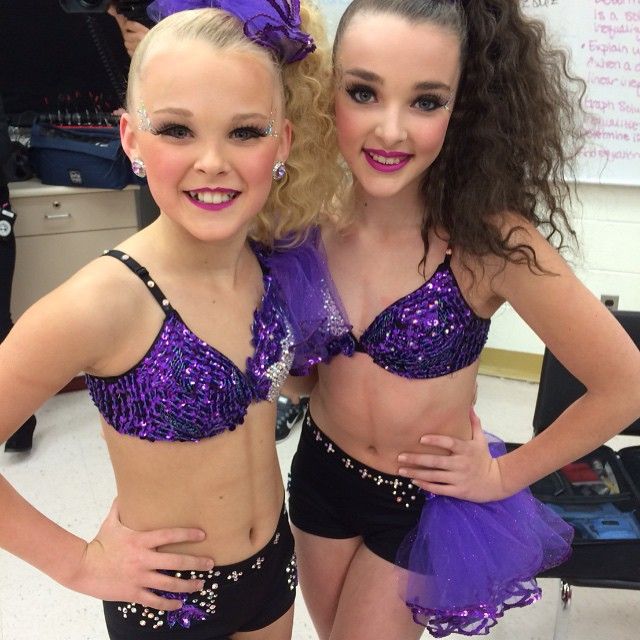How to dance the boogie
Boogie Woogie: from Barrelhouse to dancesport
The term Boogie Woogie indicates both a dance and musical style. The music has its roots in the Blues and is characterized by a frenetic and driving rhythm most commonly associated with the piano.
The dance evolved a little later and was heavily influenced by Swing dances of the time like Lindy Hop and Jitterbug and would eventually go on to become a hugely popular dancesport sensation.
History and origins of Boogie WoogieThe origins of Boogie Woogie as a musical style can be traced back to the USA in the late 1800s, in particular to the southern State of Texas. It was a musical style popular amongst the African-American communities, and associated with house parties and drinking establishments.
Back then the style was known as ‘Fast Western’, or ‘Fast Texas’, or even ‘Barrelhouse’, as a reference to the venues or ‘cheap saloons’ in which it was played where the beer was served from barrels.
The term ‘Boogie Woogie’ has very interesting origins, with common theories citing the African words Boog and Booga (meaning to beat, a drum for example), and the West African word Boogi (meaning to dance) as the direct provenance.
Another theory speculates it could have evolved from the Bantu phrase Mbuki mvuki, meaning to shake off one’s clothes and dance. And another equally viable suggestion is that it is simply the repetition of the word Boogie, which in America in the early 20th Century was used to mean ‘rent party’ (the kind of event at which Boogie Woogie would definitely have played), and was at the same time a colloquial sexual reference.
In addition, perhaps it is mere coincidence that the British word ‘bogie’ refers to the wheels of a locomotive, when the railroad played such a significant part in the history of Boogie Woogie, both in terms of the influence that the sounds of the emerging railways had on the actual creation of the music (relentless driving rhythms), and the new possibility of travel that it offered, transporting struggling musicians from town to town and eventually into bigger cities, spreading the music around the State of Texas, and then into the surrounding States.
Slowly yet surely the music spread.
There is much debate about the first recorded Boogie Woogie songs, in 1928 however, Pinetop Smith released “Pinetop’s Boogie Woogie” and made Boogie Woogie history. It was the first proper Boogie Woogie hit, and it launched the musical genre into the public domain like never before.
Boogie Woogie really got its break though in 1938 when top pianists Big Joe Turner, Albert Ammons, Pete Johnson and Meade Lux Lewis played at the concert “From Spirituals to Swing” at Carnegie Hall in New York.
From that moment on, Boogie Woogie was everywhere. Big Band Orchestras began to incorporate the style into their own music and with great success.
Tommy Dorsey, Benny Goodman and Will Bradley all had hit records with Boogie Woogie style songs in the late 1930s and early 1940s, and in 1941 even the Andrews Sisters got in on the act with their hit Boogie Woogie Bugle Boy.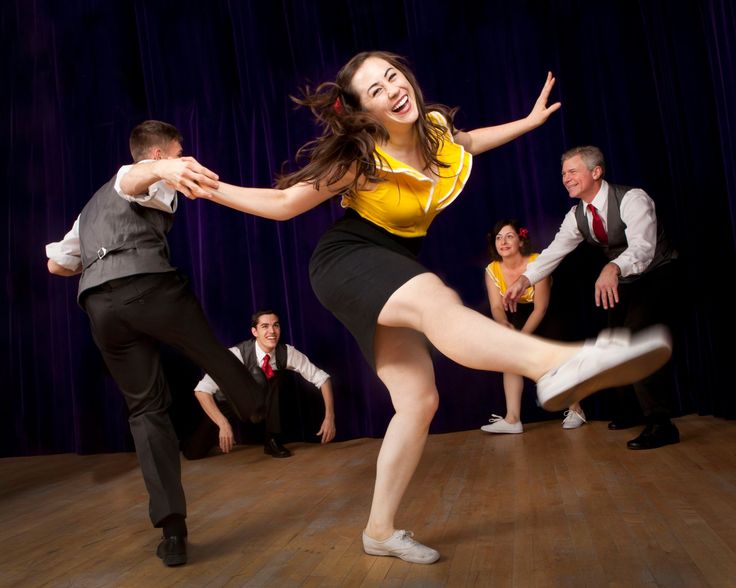
It conquered the hearts of a nation. Boogie Woogie remained popular throughout the 1940s until towards the end of the decade when the music began to evolve into Rhythm’n’Blues (amongst other styles) and came to be reincarnated as Rock’n’Roll.
Boogie Woogie in ArtBoogie Woogie music experienced such popularity in its heyday that it also influenced and inspired artists of the time: in the 1940s the famous Dutch painter Piet Mondrian entitled two of his canvases, “Broadway Boogie-woogie” and “Victory-Boogie-woogie”.
And about ten years later the Italian artist Renato Guttuso also decided to name one of his most famous works “Boogie-woogie“, helping to immortalize the larger than life character of an unforgettable style and movement.
Boogie Woogie musicDespite originating from the Blues, Boogie Woogie is characteristically very powerful, lively, and infectiously upbeat.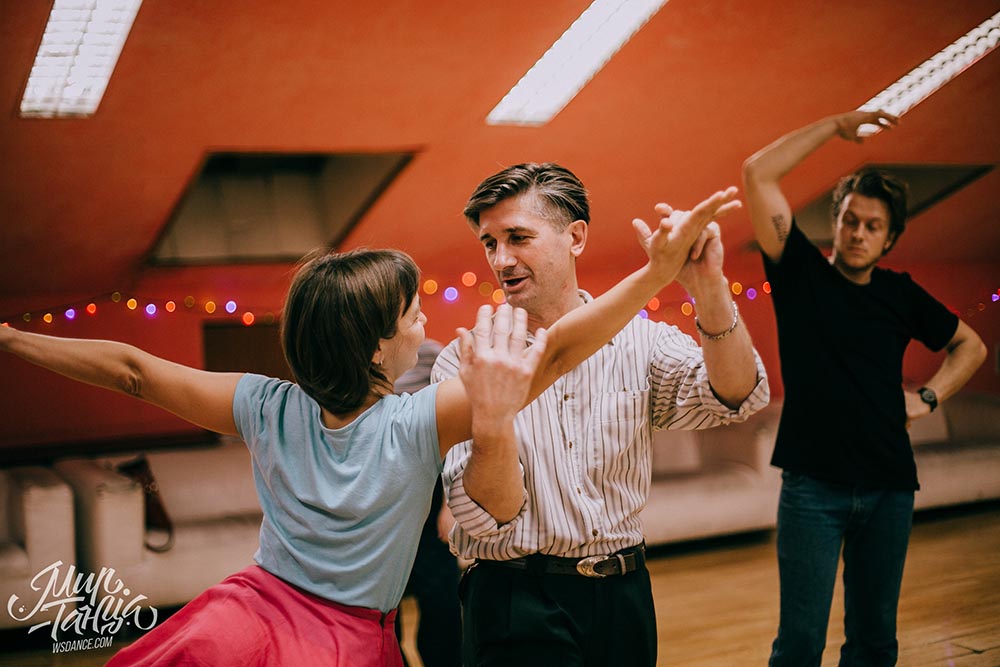
It is most often associated with the piano where the left hand reproduces syncopated and repetitive notes that drive the rolling rhythm (and give that distinctive train sound), and the right hand carries the melody/ies, which compliment and syncopate the rhythms of the left hand.
It is incredibly complex, but when put together, is pure alchemy, and practically irresistible to dance to!
In fact in the early days when the very first Boogie Woogie piano players performed in small clubs, they had two main objectives, to entertain and to make the people dance, and to achieve that it was almost like they became a real “one-man band“, providing the bass, the melody, and the solo all at the same time!
Boogie Woogie danceAlthough its music had its beginnings in the 1870s, and its glory period from the 1920s to the 1940s, the dance didn’t emerge until a little later. The dance known as Boogie Woogie took influence from what was danced to Rock’n’Roll music in the 1950s, and has certain similarities to Lindy Hop.
Back in the day it would probably just have been known as ‘Rock’n’Roll’. When Swing dancing arrived in Europe in the 1940s, it was love at first sight, and the craze spread like wildfire. When the war ended and the 1950s arrived heralding the ‘all new’ sounds of Rock’n’Roll, the dance (which would have been similar to the Jitterbug) fitted the music perfectly, and could be easily danced to these new faster rhythms.
Some European countries weren’t so keen on its free and improvisational nature however, and standardized the dance creating rules and a structure to adhere to.
Skip forward 20 years and although the dance was no longer the height of fashion, it still had quite a following.
So much so in fact that a group of European dancers decided to dance it competitively. In 1974 the first international dance competitions of their kind were held between France, Italy, Germany, and Switzerland, leading to the formation of the World Rock’n’Roll Confederation in 1984.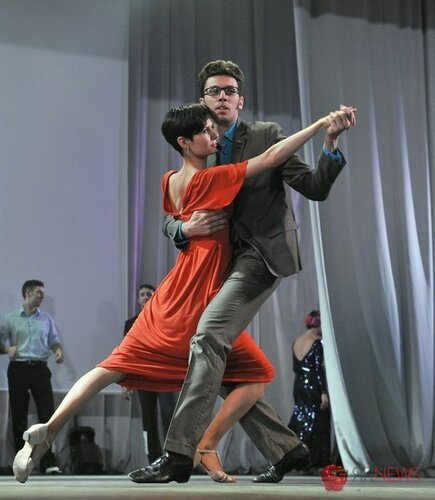
Rumor has it that it was the WRRC that gave the dance style ‘Boogie Woogie’ its name, partly because the name ‘Acrobatic Rock’n’Roll’ already existed for a different style, and partly in reference to the roots and heritage of the dance, and the music it was frequently danced to.
Today, in the 21st Century, ‘Boogie Woogie’ is an extremely popular social and competitive dance that while intrinsically linked to the historic Swing dances of the 30s and 40s, has developed a distinct European identity.
The most similar dance that exists in the United States is what is known as ‘East Coast Swing’, and this is also a standardized interpretation of the Swing dances of the 1930s and 1940s.
How to dance Boogie WoogieBoogie Woogie is an improvised partner dance that developed from Lindy Hop and Swing.
It isn’t choreographed, however it does have a clear structure, technique, and well-defined sequences of steps that draw inspiration from Lindy Hop, and other Swing styles.
Originally it was danced to Rock’n’Roll and Rhythm and Blues, however it is also synonymous with Boogie Woogie music (of course!). It has a reputation for being one of the most lively and energetic Swing dances, however it can be danced to both fast and slow tempos.
The BasicsBoogie Woogie can be intimidating to a first-timer, especially if one has ever seen a ‘Fast Boogie Woogie‘ championship!
But the dance itself is relatively simple and straightforward, and suitable for all ages!
Being a partner dance, the leader determines all moves, and the follower must interpret the leader’s movements in order to follow the rhythms and steps. Posture is low, knees are soft and bent, and each step is accompanied by a small pulse or bounce. It is important to always spring downwards, working the balls of the feet, the ankles, and the knees.
Here are the basics outlined and explained:
Partners can begin dancing an open position facing each other (handshake distance apart), connected by their hands: leader’s left to follow’s right. Usually the 6 beat basic sequence starts with a change of weight. This is a step immediately followed by a change of weight back to the other foot. The leader always begins (i.e. always steps) with the left foot, and the follower always begins (steps) with the right foot.
This ‘rocking’ motion is made over the count of two beats.
The footwork for a six count basic is as follows:
Beats 1 – 2 : Step-step
Beats 3 – 4 : Triple step
Beats 5 – 6 : Triple step
A ‘triple-step’ is three steps that are made over the count of two beats.
It is also common to see the Step-step (of beats 1 – 2) replaced with a more elaborate kick-ball-change, which helps to generate even more energy for the successive steps.
Once you have mastered this basic rhythm and 6 beat sequence, you are ready to explore the wild and wonderful world of Boogie Woogie!
What is the difference between Boogie Woogie and Lindy Hop?At first glance Boogie Woogie and Lindy Hop may seem very similar, however they do have several differences:
- Lindy Hop is danced primarily (although not exclusively) to an 8 beat rhythm, whereas Boogie Woogie is danced primarily (although not exclusively) to a 6 beat rhythm;
- Boogie Woogie is a standardized dance, meaning that there are ‘rules’ to follow, whereas Lindy Hop is much more free and does not adhere to a set structure;
- Boogie Woogie tends to be danced more ‘on the toes’, and brings up the knees pretty high compared to Lindy Hop which is much more relaxed in posture;
- and Boogie Woogie is inspired by the ‘Rock’n’Roll’ music of the 1950s, whilst Lindy Hop was inspired by the Swing music of the 1920s through to the 1940s.
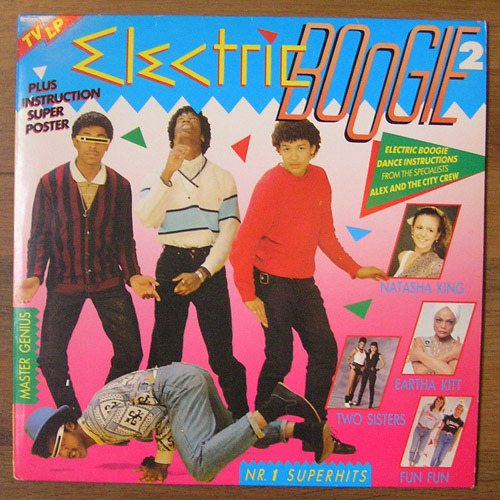
That is not to say however that Boogie Woogie can’t be danced to Swing music, or that Lindy Hop can’t be danced to Rock’n’Roll music!
At times the names and labels that are applied to styles of music and dance can obscure and distract from the very important premise that they are all social dances, that all share the same origins, and all share the unique ability to allow people to connect, have fun, and express themselves to exhilarating and inspiring rhythms, and ultimately that is much more meaningful than their differences.
Courses to learn Boogie WoogieIt’s never too late to learn to dance, especially when it comes to Boogie Woogie: and that is exactly why the Summer Jamboree offers courses in Boogie Woogie suitable for all, and a whole lotta fun!
Famous Boogie Woogie songsBoogie Woogie has such a long and illustrious history, that there is no shortage of celebrated and memorable songs.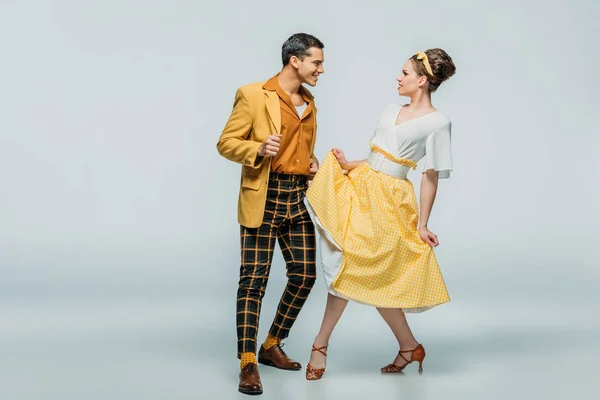
Amongst them are:
- Honkey Tonk Train Blues Mead Lux Lewis,
- Yancey Stomp Jimmy Yancy,
- Boogie Woogie Man Albert Ammons & Pete Johnson,
- Screamin’ the Boogie Sonny Thompson and his Orchestra,
- Scrub Me Mama with a Boogie Beat Will Bradley and his Orchestra,
- Pinetop’s Boogie Pinetop Perkins,
- Boogie Woogie Jimmy Rushing,
- Number’s Boogie Sugar Chile Robinson,
- Cleo’s Boogie Cleo Brown,
- Boogie Woogie Maxixe Bob Crosby & Joe Sullivan,
- Indian Boogie Woogie Woody Herman,
and many, many, more…
Concluding thoughtsIt has influenced the lives and lifestyles of entire generations and has got literally millions of people dancing, be it socially or competitively.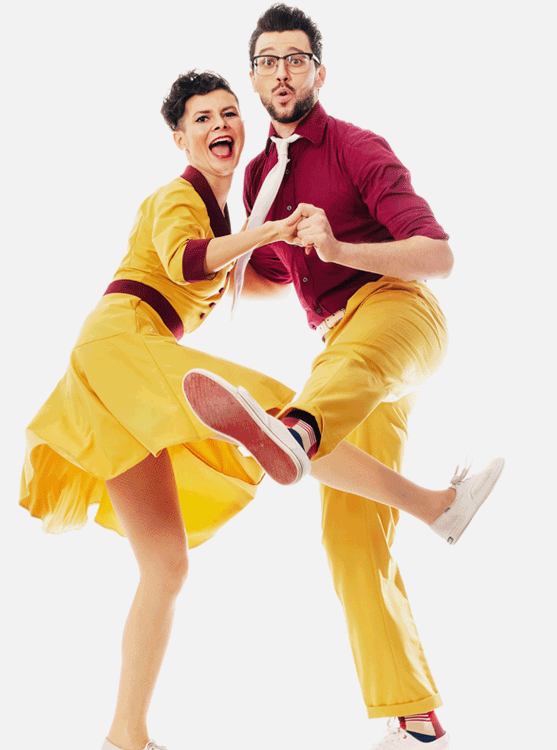
Boogie Woogie remains one of the most fun-filled and enjoyable dances there is, uniting professional dancers and eager beginners with a simple common passion: a love of music!
How to dance the disco (boogie)?
Because at Dance Fans there are so many looking for an opportunity to learn to dance, we describe below the base of the disco. (Also called disco boogie, boogie, or swing).
However, my advice remains: go to a dance club, -association or -school. That's a lot more social, more sociable, more enjoyable and easier. You see what you have to do, and if you cannot (properly) manage, the teacher helps you and give you tips.
The second reason to still publish this is that it offers the opportunity to show how you can write dancing steps on a useful and simple way (and keep it on your PC).
To be able to write quickly and easily the most commonly used words are abbreviated:
L: (to) Left
R: (to) Right
Tr: Turn
r: right foot
l: left foot
f (to) forward
h: (to) hind (or backwards, not to confuse with back: set again on the same former place)
S: Slow, 1 (a) count
Q: Quick (fast), ½ count
A: And (&), ¼ count
E: e, 1/8 beat (very quickly, briefly, as the ball of the foot)
1, 2,. .. 11, 12: the direction, the numbers on the dial of your watch, where you stand in the center of, and your nose at the beginning of each step or move always points to the 12.
.. 11, 12: the direction, the numbers on the dial of your watch, where you stand in the center of, and your nose at the beginning of each step or move always points to the 12.
Any step that is put is always a full step, this means that the weight of your body for 100% rests on the displaced foot. The other foot (which you left) can thus move freely in principle.
This will automatically also become the foot that you have to put for the next pass.
If there is still a foot movement is described in which the weight does not move (e.g. tap) then this is indicated.
All basic moves and movements in the disco we do on 8 counts.
Each beat lasts as long.
Each beat is a count is a step.
Basic step
|
timing |
partner |
|||
|
count |
tempo |
man |
lady |
explanation |
|
1 |
S |
l h |
r h |
* |
|
2 |
S |
r back |
l back |
|
|
3 |
S |
l back |
r back |
|
|
4 |
S |
r back |
l back |
|
|
5. |
S |
repeat 1..4 |
||
The base is easy. No more difficult than just stepping.
Do every movement well. And do them correctly.
(*) The foot goes backwards, you place about ½ foot behind your other support foot.
Most important: Stay in rhythm, keep time, keep the right rhythm, act synchronic with the beats.
Search in our list for your favorite disco song (not too fast) to practice.
Most moves start with the same basic steps, counts 1 to 6, sometimes 1 to count 4. Therefore it is important to know the basics well.
Dance posture
You are not dancing disco separate from each other, but as a couple. We make the link of course with our arms and hands. For the disco you can do this in two ways:
Hand hold
Stand facing each other with a small gap, about 50 centimeters.
The man turns his palms up (at belly height).
The lady puts hers on them.
To control and monitor movements well and indicate good should both give a little pressure and counter-pressure. Your arms are no slack rope, but dance actively. You should really be pushing just as much - or rather give as little pressure to let your hand automatically follow every movement of the partner makes.
Try it first go out with random movements.
You know: on the dance floor the gentleman leads and the lady follows.
So the right hand of the lady is on the left hand of the man, and her left hand on his right.
Ballroom
We use a relaxed, casual ballroom attitude.
He puts his right hand under the left arm of the woman on / under her shoulder blade. She puts her left hand on his right upper arm.
He presents on shoulder height his left, palm up. The lady puts her right there.
You need both to have space to move around.
For example, in the basic step you step out - and again back to each other.
The move is important because in a number of figures it serves as a launch for an opposite movement. You stretch as to speak first a rubber band, thus to launch yourself and / or your partner in the other direction.
Also again, this you must first practice rhythmically to music before proceeding to the next figure.
Disco belongs to the family of Latin dance. So you have actually to move from your hips and not from the steps that you put with your feet.
Try it, move your body...
Lady turn
The first six counts are the same as the basic step.
For the man there is almost no change.
The lady first turns clockwise, then counterclockwise again.
|
timing |
partner |
|||
|
count |
temp |
man |
lady |
|
|
1 |
S |
l h |
r h |
|
|
2 |
S |
r back |
l back |
|
|
3 |
S |
l back |
r back |
|
|
4 |
S |
r back |
l back |
|
|
5 |
S |
l h |
r h |
|
|
6 |
S |
r back |
l back |
man l hand up |
|
7 |
S |
l back |
r f & begin Tr |
lead lady to 9’, turn 1/4 to lady |
|
8 |
S |
r back |
l h, lady to man |
|
|
1 |
S |
l h |
r h |
|
|
2 |
S |
r back |
l back |
|
|
3 |
S |
l back |
r f & Tr |
H l hand up |
|
4 |
S |
r back |
l h |
to start position |
|
5 |
S |
l h |
r h |
= basisc steps! |
|
6 |
S |
r back |
l back |
|
|
7 |
S |
l back |
r back |
|
|
8 |
S |
r back |
l back |
|
Hints for turning:
He indicates the movement: do this in time, not at the last minute (or (tenth of a) second), otherwise the lady has no time to make her turn properly.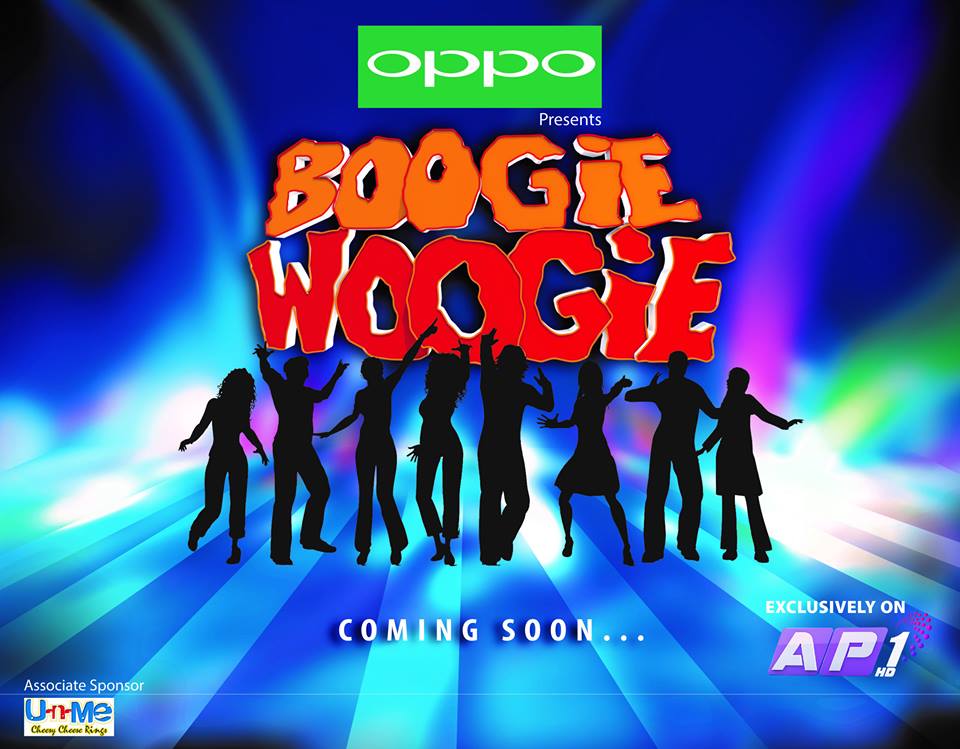
The gent should not rotate the lady. Turn not like you're using an old coffee grinder. Declaring hand and movement is sufficient.
With this kind of turning the hands are always above the head of the person who turns (usually the woman). If you do not do this, then you take her off balance. So the pivot point is not over a shoulder, but always just above the head.
Create (in time) a wiiide motion with your arm. Take it easy, use the time you have. That makes it easier for both.
Crossing
Is again the basic step, with an amendment on 7 and 8, and the reverse on 3 and 4.
|
timing |
partner |
|||
|
count |
temp |
man |
woman |
|
|
1 |
S |
l h |
r h |
|
|
2 |
S |
r back |
l back |
|
|
3 |
S |
l back |
r back |
|
|
4 |
S |
r back |
l back |
|
|
5 |
S |
l h |
r h |
|
|
6 |
S |
r back |
l back |
man r hand loose |
|
7 |
S |
l f |
r f |
r hand takes r hand * |
|
8 |
S |
r f & Tr |
l f & Tr |
|
|
1 |
S |
l h |
r h |
|
|
2 |
S |
r back |
l back |
H r hand loose |
|
3 |
S |
l f |
r v |
r hand takes r hand * |
|
4 |
S |
r f & Tr |
l f & Tr |
|
|
5 |
S |
l h |
r h |
|
|
6 |
S |
r back |
l back |
|
|
7 |
S |
l back |
r back |
|
|
8 |
S |
r back |
l back |
|
(*)The gentleman gives with his left hand, the right hand of the lady behind his back (while he steps forward, turns his back to her to and rotates) to his right hand, and immediately again takes over with his left hand.
You do not learn to dance with read (this),
You learn not to dance by looking at it,
You learn it just by doing it.
There are dozens of positions and variations for the disco boogie.
As seasoning we give of each mentioned figure a variant.
Make sure you first know the basic moves well, then this version is easy to do.
Closed turn
Start from handhold (both hands in contact)
Make the Lady turn, but keep both hands constantly holding.
It is the same figure, but it looks a completely different one.
Superman
Do the crossing, but instead passing the hand of the lady, the man swings his right arm over his left hand while releasing the lady first, and then takes and holds with his left (or even right, depending on next figure) again.
Types of modern dances. Boogie Woogie dance.
LIFE IS BRIGHTER - WHEN YOU DANCE BOOGIE WOOGIE! Boogie woogie is a positive and drive, crazy music and dance energy!
Boogie Woogie is a European interpretation of Swing and, accordingly, differs from the Lindy Hop in its performance style, since it is more compact, restrained, and also geometrically correct. A feature of this dance was the ability of the dancer to show movements on relaxed, but at the same time elastic legs. This "drive in the legs" fascinated absolutely everyone.
A feature of this dance was the ability of the dancer to show movements on relaxed, but at the same time elastic legs. This "drive in the legs" fascinated absolutely everyone.
The main period of development of boogie-woogie dance falls on the end of the forties - the beginning of the fifties . During World War II, American soldiers brought swing dancing to Europe. The Europeans reworked them, taking as a basis for the dance form, which we now call Boogie Woogie .
With the advent of the twist , boogie-woogie was temporarily forgotten by everyone, except for professional dancers - competitive forms-synonyms of boogie-woogie appeared in Europe - jiverock and acrobatic roll.
Boogie-woogie is now called the European version of swing dancing.
Boogie-woogie is a pair dance of free composition, performed at a moderately fast pace (4/4 time signature), characterized by a lack of order in dance movements; music style - jazz; originated in the 1920s based on the boogie-woogie piano.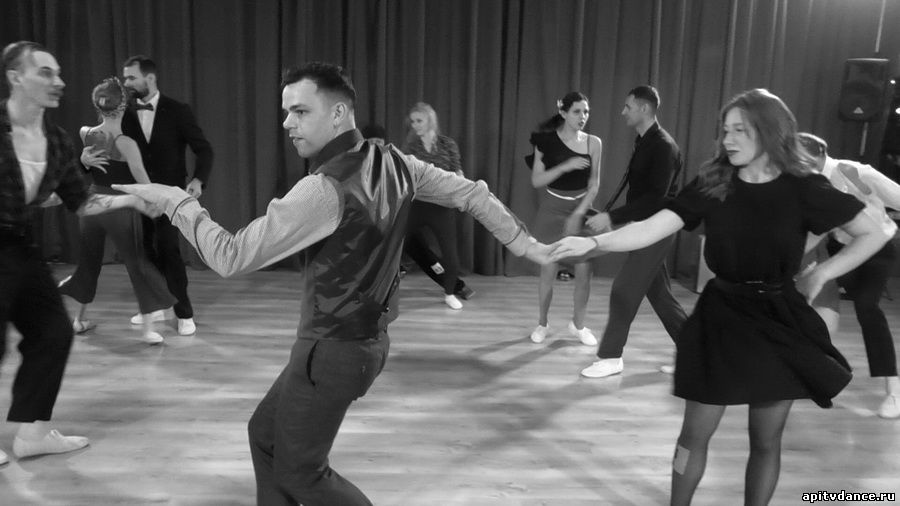
Speaking of boogie-woogie, it is impossible not to remember the incomparable Elvis , whose chic « rubber feet "made more than one European woman tremble in her sleep, not to mention American women.
Currently Boogie-woogie is danced all over the world with slight stylistic differences: in clubs and in competitions, mainly to original music from the 40s - 50s - Boogie-woogie, rhythm'n' blues, rock and roll, twist.
World championships and cups in boogie-woogie and other international tournaments are regularly held.
Recently, this dance has changed somewhat, it is danced very rhythmically, but at the same time quite gracefully. The movements are performed on the entire foot, and the partners in the dance are somewhat distant from each other and are in a closed position.
Like a social dance boogie - woogie is an excellent means of communication between people. There are no strict memorized sequences of movements. The main thing is improvisation and interaction in pairs.
There are no strict memorized sequences of movements. The main thing is improvisation and interaction in pairs.
Boogie Woogie is a bright, incendiary dance for couples, with cheerful music and an appropriate mood. During its already long history of existence, Boogie Woogie dance has conquered a large number of people from different countries and different generations.
Despite the fact that the dance is many years old and, it would seem, its rush hour should have passed, but in every city you can easily find lovers and true connoisseurs of dance and jazz music who are looking for any opportunity to dance this wonderful fast and energetic dance.
By studying this unusual style, you will first of all learn how to improvise in dance, as well as be able to perform various interesting tricks and lifts.
Dance clubs and schools
Types of Modern Dance types
You're viewing: do_dance_bugi-vugi. html
html
NewOldUsefulUseless
Page 1 of 1
Write a review
boogie woogie
boogieInformation about the development of boogie-woogie in the Russian Federation and the world
In Russia, the first regular group studying this dance appeared in Moscow in 1993.
The first competitions in Russia took place in 1994, in 1997 Russian couples took part in a friendly match in Finland for the first time, in 1999 - in the World Cup in Helsinki. From 19In 1999, more than 120 national competitions of various ranks took place in Russia.
Russia in 2007, 2010, 2011 held in Moscow first World Cups (WC) in boogie-woogie, and then in 2012, 2013, 2014 - Masters series tournaments (WM). The World Boogie Masters took place in Moscow on 24.10.15. At these competitions, a couple from Russia for the first time reached the finals of such a level of competition and took 5th place there.
Brief description of boogie-woogie
Boogie-woogie is a sport form of dance in which athletes compete in dance moves to music.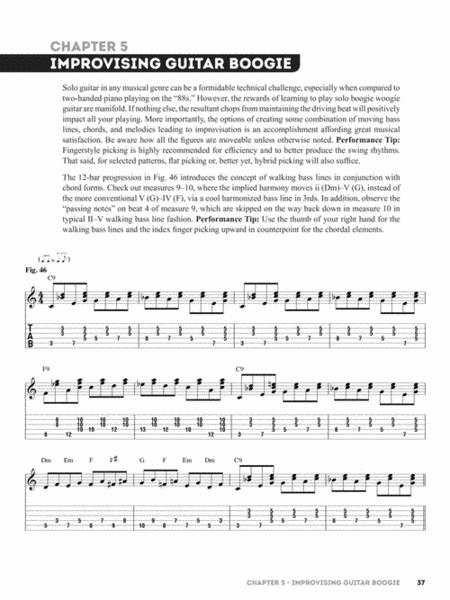 During the dance, choreographic and acrobatic elements are used.
During the dance, choreographic and acrobatic elements are used.
Boogie-woogie is danced in a pair consisting of a partner and a partner. They dance to the musical styles of boogie-woogie, rockabilly, blues, swing, rock and roll. It is characterized by the fact that the couple does not know in advance the music to which they will dance, so the dance is based on improvisation, the success of which is evaluated by the judges along with the dance technique, dance figures and the presentation of the dancers. The task of the dancers is to insert the pre-worked out choreography as successfully as possible into the music that they got.
Boogie-woogie competition includes 2 programs: slow and fast dance. The slow one is performed in evening dresses, the fast one is performed in costumes that match the style. Slow dance tempo 120bpm, fast dance 200bpm.
Slow
Fast
Domestic competitions are held in the following categories: Juniors (under 18), adults: C, B and M class, seniors (category over 45). At the international level: juniors, M class and seniors.
At the international level: juniors, M class and seniors.
Time and place where boogie-woogie originated
Boogie-woogie dance originated in Europe in the 1940s as a European interpretation of American swing. The first boogie-woogie competition was held in 1978 in Munich, Germany. Then the popularity of this dance as a competitive dance began to grow. Boogie-woogie has spread to other European countries: France, Belgium, Sweden, Italy, Hungary, Finland, Norway, Poland, Bulgaria, Slovenia, Greece, Turkey, etc. Almost from the first boogie-woogie competitions, World and European Championships, Cups World, and then World Masters - rating competitions.
Number of people practicing boogie-woogie in the Russian Federation
Currently in Russia boogie-woogie is danced, taught, held competitions, master classes, festivals and other events in Moscow, St. Petersburg, Tula, Nizhny Novgorod, Yaroslavl, Yekaterinburg, Cheboksary, Kazan, Chelyabinsk, Sochi, Novosibirsk and other cities more than 7,000 people.
Interest in this type of dance is growing - the number of dancers and competitors is growing, the number of coaches, clubs and dance studios developing this style of dance is increasing.
Number of boogie-woogie competitions in Russia
Since the first boogie-woogie competitions in 1994, more than 170 inter-regional competitions have taken place in the Russian Federation.
Your browser does not support HTML5 video. Download in HD
Differences from other sports
Boogie-woogie is considered to be an "artistic form of dance" - it requires the dancer to have such qualities that are characteristic of most sports. To perform boogie-woogie you need:
-
Physical strength
The competition program necessarily includes acrobatic figures and lifts, the performance of which requires good physical preparation from the athletes.
-
Musicality
All Boogie-Woogie competitors must demonstrate an understanding of musical structure, rhythm, beat, small and large musicality.
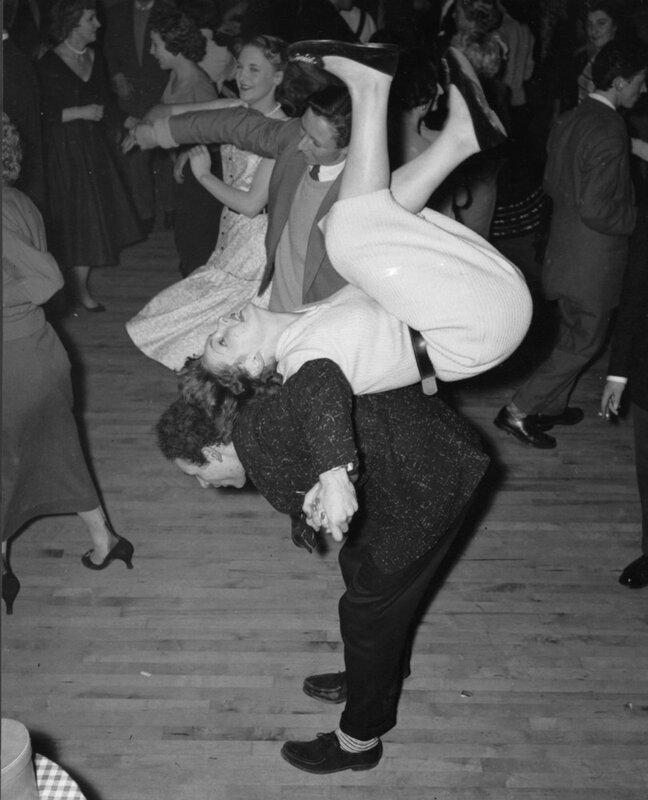
-
Flexibility and coordination
These qualities are essential for drawing figures and lines. Multiple rotations, splits and half splits are always present in the dancers' programs.
-
Discipline and team spirit
Boogie-woogie is a team sport. A team can be one couple. A team can consist of 12 members (6 couples) in formation competitions. The requirements for the discipline of 12 people performing synchronously complex figures, and at the same time constantly coordinating their position on the floor relative to other team members, are much higher compared to other sports.
-
Endurance
Boogie-woogie competitions are held in several rounds - from preliminary to semi-final and final. In each round, dancers must perform a dance with a duration of 1 min 30 and a speed of 200 to 208 bpm.
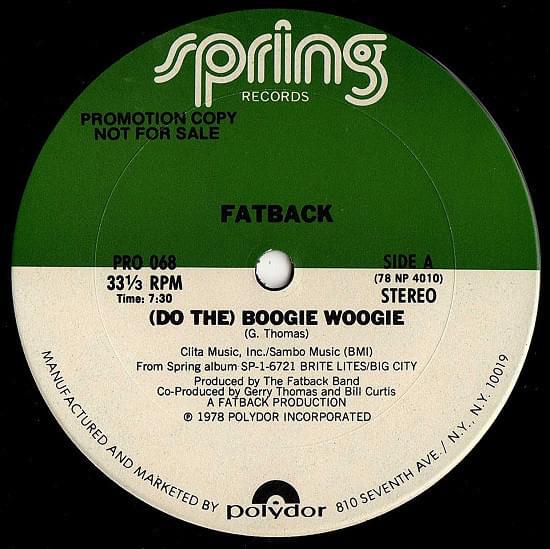 A 1996 study found that the degree of muscle tension and breathing rate of dancers who performed one dance was similar to that of cyclists, swimmers, and sprinters (over the same time period).
A 1996 study found that the degree of muscle tension and breathing rate of dancers who performed one dance was similar to that of cyclists, swimmers, and sprinters (over the same time period). -
Grace and style
Like ice dancing and rhythmic gymnastics, in boogie-woogie an important component of success is the smooth movement and attractive appearance of the couple. However, unlike most other sports, boogie-woogie dance has features that make it not only a sport, but also an art.
Boogie-woogie training is very important:
- develops strength and flexibility;
- contributes to the development of grace, elegance, freedom of movement;
- improves physique, makes a person slim and fit;
- improves physical performance;
- creates a feeling of physical and mental relaxation;
- allows you to improve more successfully in other sports;
- improves coordination of movements;
- enriches knowledge about sports and sports recreation;
- develops a sense of rhythm;
- instills the quality of composure
Differences between boogie-woogie and sports disciplines of acrobatic rock and roll
| Feature | Boogie Woogie | M class - mixed |
|---|---|---|
| Prepared competitive dance program | ||
| Pre-cut individual choreographic elements | ||
| Prepared individual dance pieces | ||
| Prefabricated individual acrobatic elements | ||
| The final has its own phonogram | ||
| Judges know in advance the acrobatic elements of the athletes' program | ||
| The pace of the dance program with acrobatic elements in the final | 50-52 cycles/min | 48-49 cycles/min |
| Tempo of the dance program in the final | 27-30 cycles/min | 50-52 cycles/min |
| Basic (basic) dance move | is based on the syncopated step (movements to the downbeat of the music) | movements to the strong beat of music |
| Mandatory presence in the dance of special dance elements | ||
| Compulsory presence of special acrobatic elements in the dance | ||
| Using original figures that no other dancer performs | ||
| Interpretation of music in dance/ spontaneous improvisation | ||
| Mandatory compliance of the dance style with the music |
Prospects for the development of boogie-woogie in the Russian Federation
Thanks to the long history of the development of boogie-woogie, he brought up a cadre of highly professional trainers. By itself, boogie-woogie is available to almost everyone. Boogie-woogie requires a minimum of funds, and its popularity is growing from year to year. Therefore, we can say with confidence that with a rational approach to the development of this dance, we will have not only a large number of enthusiasts involved in this sport, but also couples competing in their skills with the world's strongest dancers.
By itself, boogie-woogie is available to almost everyone. Boogie-woogie requires a minimum of funds, and its popularity is growing from year to year. Therefore, we can say with confidence that with a rational approach to the development of this dance, we will have not only a large number of enthusiasts involved in this sport, but also couples competing in their skills with the world's strongest dancers.
Rules
Since 2016, Russian boogie-woogie has switched to the new WRRC competition rules, the translation of which has been published. Currently, work is underway on the revision of the Russian Rules corresponding to the new realities.
Download Rules
FTSARR International Boogie Woogie Judges
- Zoryana Kalashnik
- Solovieva Anna
- Salakhutdinova Evgeniya
- Averyanova Natalia
List of phonograms for the age category "boys and girls"
In accordance with the rules, the tempo of musical accompaniment is 42-44 beats per minute.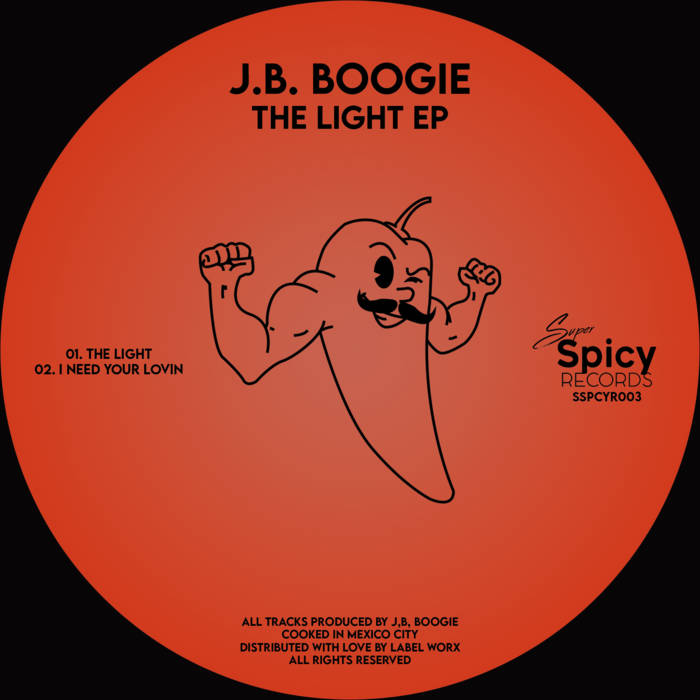
 .8
.8